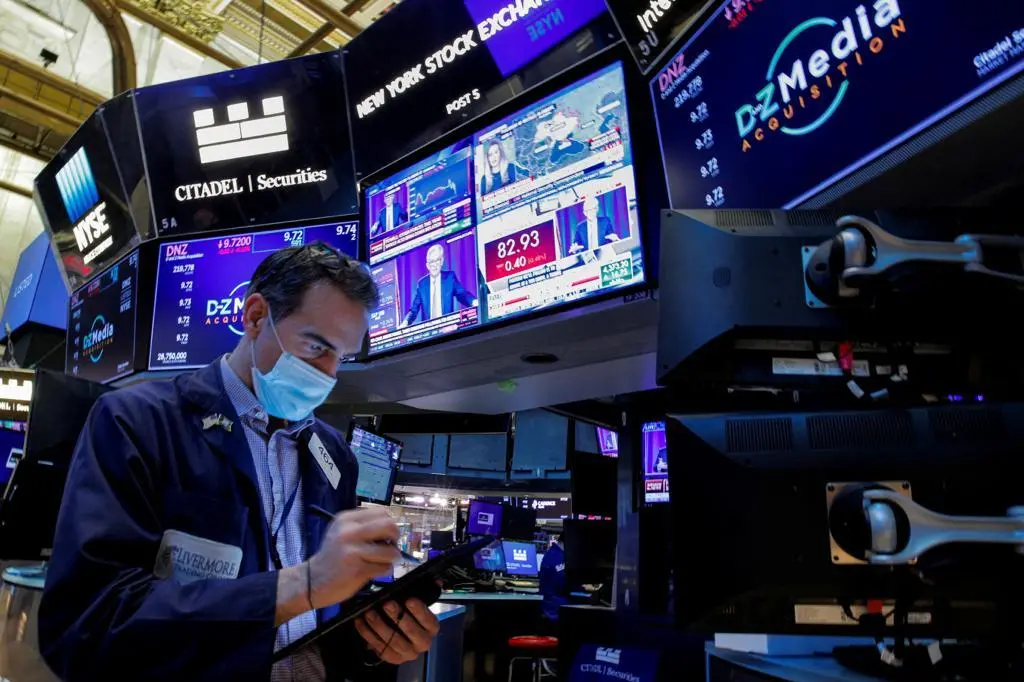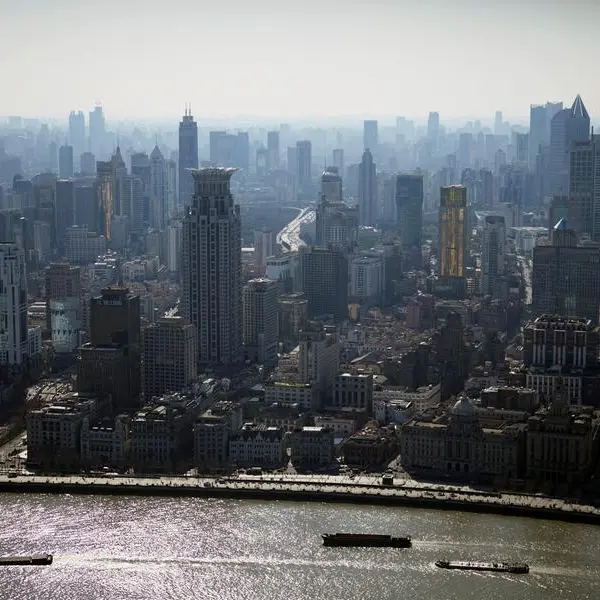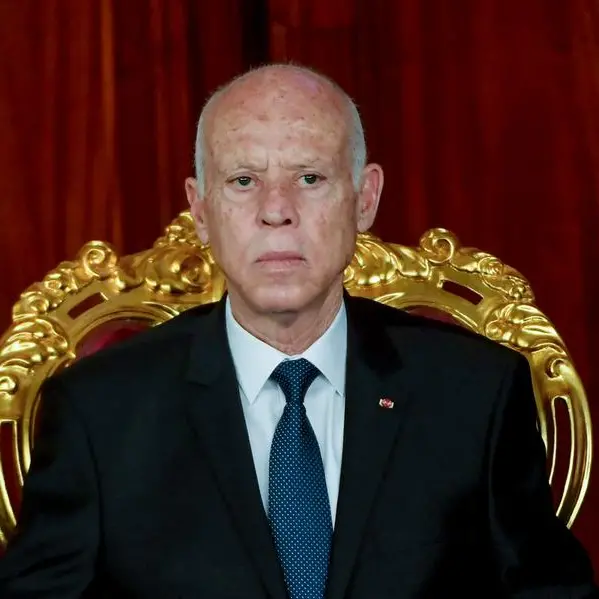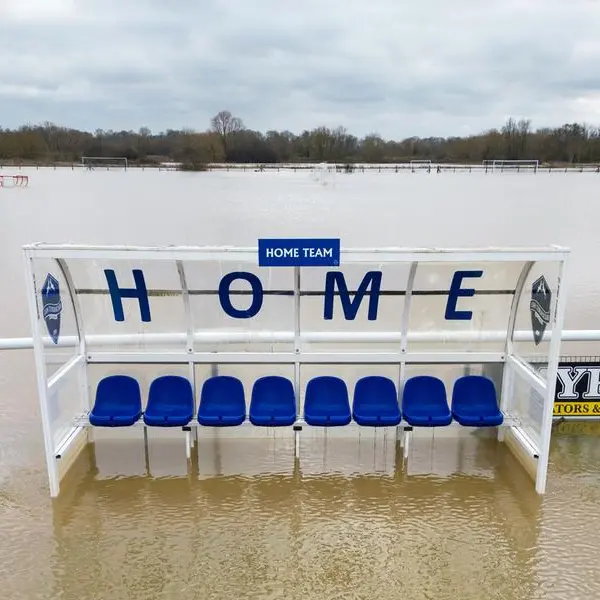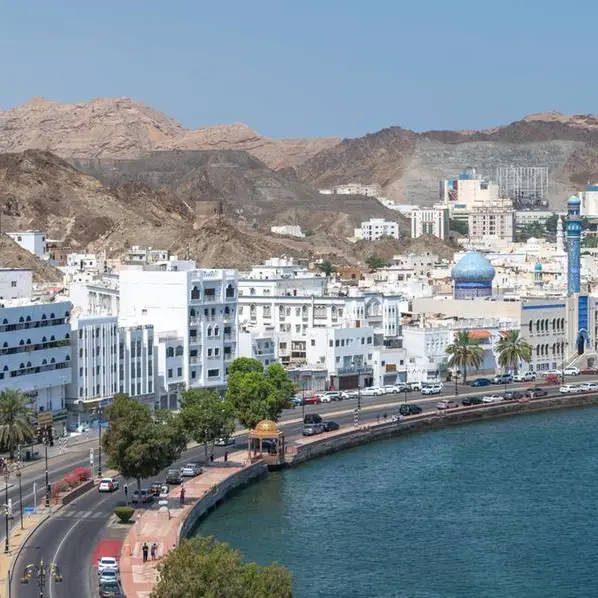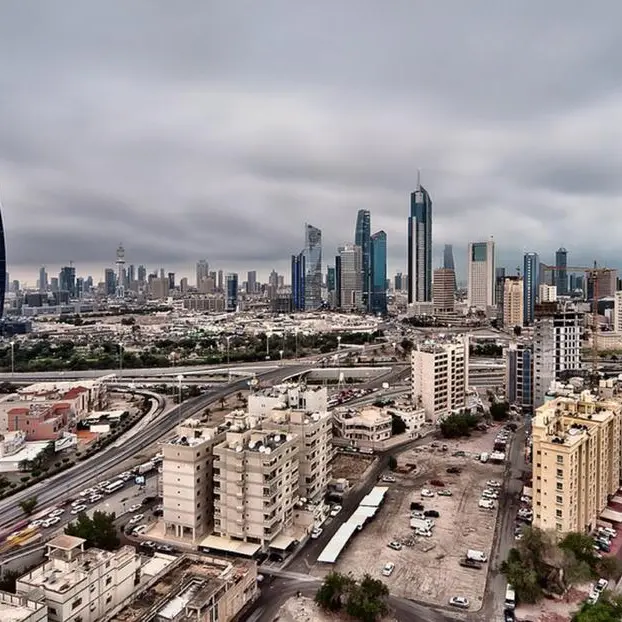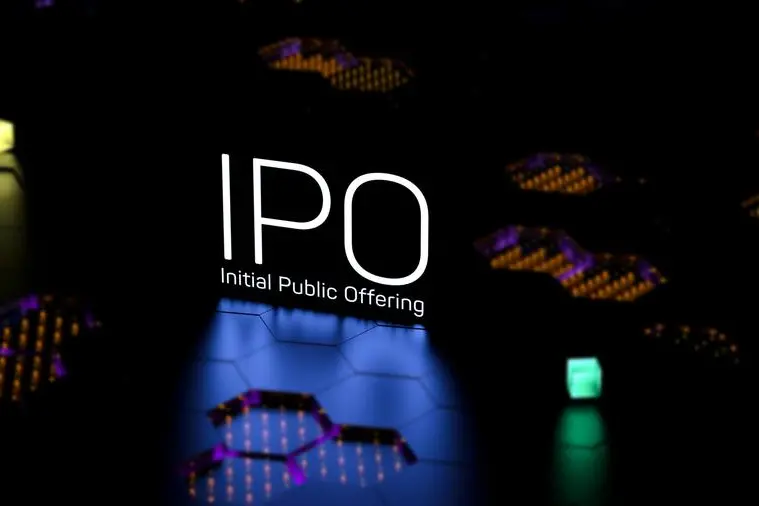PHOTO
BERKELEY – In the history of modernity, the real sea change came in 1870, with what the Nobel laureate economist Simon Kuznets called “Modern Economic Growth.” Since then, humanity’s technological capabilities have roughly doubled every 35 years or so, revolutionizing the economy with each generation, and then revolutionizing it again with the next one.
Combined with the market economy and modern capitalism, technological progress has given rise to extraordinarily efficient new ways of making old and new things. But if your life was centered around making old things the old way, you learned the hard way what Joseph Schumpeter meant when he called modern capitalism “the perennial gale of creative destruction.” Moreover, in a market society, the technological forces driving the “destruction” tend to be amplified, because property rights are the only things that matter, and some property rights turn out to be more valuable than others.
This naturally creates social and political tensions. People generally believe that they should have more, and more varied, rights than merely those conferred by property ownership. As such, there is prevailing disillusionment with the message of the past few decades, which has amounted to: “The market giveth, the market taketh away: blessed be the name of the market.”
Now comes The Wall and the Bridge: Fear and Opportunity in Disruption’s Wake, by the thoughtful ex-neoliberal economist Glenn Hubbard. A chairman of the US Council of Economic Advisers under President George W. Bush, Hubbard reflects on what has happened to the US economy since he started studying economics back in 1977. Since then, “technological change and globalization have magnified the market value of my skills and…[those of other] professionals. Meanwhile, the closure of Youngstown’s integrated steel mills did not lead to moonshot efforts toward the preparation and reconnection of many workers and communities for the changing economy.”
He closes with a vision of the better road not taken: “Imagine if bold support for community colleges and training would match the preparation and reconnection of the G.I. Bill as America was encouraging global integration. Imagine if leadership…moved political debate toward economic participation… Imagine mass flourishing.”
Reading this, my memory flashes back not to 1977 but to 1993. I am in the White House Roosevelt Room, and the voice I hear is not Glenn Hubbard’s but then-Secretary of Labor Robert Reich’s. He is touching on all the same themes.
Technology and globalization offer far-reaching benefits, Reich notes, but they also increase the risk of some people being left behind. Accordingly, we should build bridges to help people move to the sectors that will define the new economy. What we should not do is build walls to protect the industries that will be rendered unproductive by the forces of creative destruction. (At this point, I also hear the voice of then-Vice President Al Gore, who is keen to spend federal money to create the backbone of what would become the internet of the 1990s – the ultimate bridge to mass flourishing in the twenty-first century.)
Working under Secretary of the Treasury Robert Rubin, we told Reich something along these lines: “Yes, you’re right. But it can’t be done now. American voters are angry. We need to raise taxes on the rich, put the budget deficit on a path toward zero, and generate an economic recovery based on high investment and high productivity growth. We’ll address many of those issues this year, and next year we will do NAFTA (the North American Free Trade Agreement). We can turn to bridge building and social democracy afterward.”
Reich lost that policy debate, and the Clinton administration never did get around to pursuing social democracy, bridge building, or mass flourishing. We could have taken that road, but the Republicans retook the House of Representatives and embarked on a scorched-earth campaign of obstructionism under Speaker of the House Newt Gingrich.
We would have liked to have Hubbard on our side in the policy debates that followed the so-called Republican Revolution of 1994. “We economists,” he writes, “have let the public debate drift to the opposite extremes of building walls and a laissez-faire optimism about change and markets making everything OK.” Reading that, I can’t help but think of Tonto’s response to the Lone Ranger: “What do you mean ‘we,’ kemosabe?”
Recounting the Republican Party debate that he participated in, Hubbard notes that Trade Adjustment Assistance “came up as a policy topic only when new trade expansions were sought.” Otherwise, “it received little sustained attention or interest in its augmentation.” Here, my response is, “Glenn, you are late to the party!”
Fortunately, he has brought great refreshments to make up for his tardiness, making me wish that I had had his book in hand six months ago, before finalizing my own forthcoming book, Slouching Towards Utopia: The Economic History of the Twentieth Century. Indeed, the intellectual landmarks Hubbard references are largely the same as mine: Karl Polanyi, Friedrich Hayek, John Maynard Keynes.
All told, Hubbard has it right. Populists want to build walls, but what we need – even more than we did three decades ago – are bridges.
Bradford DeLong, a former deputy assistant US Treasury secretary, is Professor of Economics at the University of California, Berkeley and a research associate at the National Bureau of Economic Research.
© Project Syndicate 2022Disclaimer: The content of this article is syndicated or provided to this website from an external third party provider. We are not responsible for, and do not control, such external websites, entities, applications or media publishers. The body of the text is provided on an “as is” and “as available” basis and has not been edited in any way. Neither we nor our affiliates guarantee the accuracy of or endorse the views or opinions expressed in this article. Read our full disclaimer policy here.
